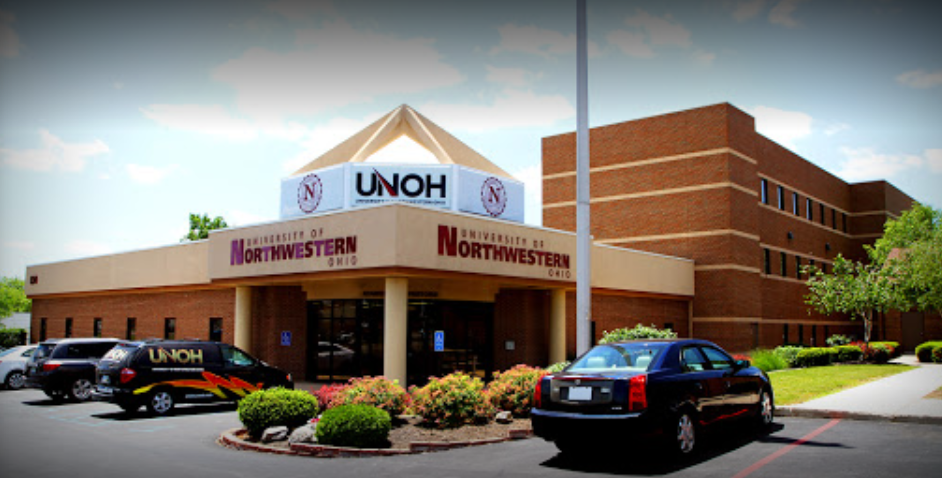Preventing Combine Fires in the Field
Written by WKTN Staff on November 4, 2022

Hardin County – Did you know Ohio ranks 4th in the nation for the number of reported combine fires? Other states leading the list include Minnesota (1st), Iowa (2nd), Illinois (3rd), Kansas (5th), Nebraska (6th) and South Dakota (7th).
While most harvester fires start in the engine compartment, other locations on the combine can be at risk for fires. The primary heat sources causing fires include faulty wiring and over-heated bearings. Fuel sources for the fires can vary between leaking fuel or hydraulic oil, dry crop residues, and nests in engine compartments or exhaust manifolds from birds and wildlife.
Many combine fires can be prevented. Have a daily maintenance plan during the harvest period. Keeping machinery well maintained plays a large role in preventing fires from these sources. Cleaning up spills, blowing off chaff, leaves, and other plant materials on a regular basis, proper lubrication of bearings/chains, and checking electrical connections should be part of the daily routine.
Farmers may choose to do their daily maintenance in the morning while waiting for the dew to dry off the crops. However, performing maintenance at night will highlight any hot-spots or smoldering areas as the machine is cooling down. Removing chaff at the end of the day will reduce debris available to fuel a fire.
Turn the combine engine off while refueling. By waiting 15 minutes for the engine to completely shut down and cool off, eliminates the chance of gasses to volatilize and ignite. Mounting a chain on the bottom of the machine to drag on the ground while in the field decreases the buildup of static electricity.
If a fire breaks out, call 911 or your local first responders at the first sign of a fire. Don’t wait to know if you can contain a fire yourself as rapid response is important to saving valuable equipment. Combine fires are often in remote locations where access is limited, and a specific address may not be available. Emergency response times will be longer in these situations.
Two ABC fire extinguishers should be mounted on the combine. A 10-pound ABC dry chemical fire extinguisher in the cab or near the ladder of the cab has quick access to protect the operator. A second extinguisher (20-pound ABC) is recommended to be mounted on the outside of combines where it is accessible from the ground. It’s possible that one unit will extinguish a small fire; having the second unit will help with any additional flare-ups. Don’t forget to check that the extinguishers are fully charged at the beginning of the season. If the fire extinguisher has already been used, it needs to be serviced and re-charged by a fire service agency.
Have a water truck positioned by the field. Hot mufflers and catalytic converters from other vehicles driving in the field can pose a risk to the dry field fodder. Smoldering materials may go 15 to 30 minutes before being noticed. A small gust of wind could rapidly turn that smoldering into a fire. In extremely dry conditions, a water truck may help protect against field fires. Never use water on fires that are electrical, or fuel sourced.
Have an emergency plan in place and discuss it with the other workers or family members. Knowing what to do in the event of a fire emergency is important. Knowing the address to the field and how to contact fire departments directly in addition to the 911 system are important safety conversations for the entire harvest crew.
Fires on the farm cannot be predicted. However, being prepared and taking preventative measures especially with harvesters, can reduce the damage when a fire strikes.
Article written by Dee Jepsen, OSU Extension-Ag Safety and Health and Wayne Dellinger, OSU Extension-Union County. Edited by Mark Badertscher, OSU Extension-Hardin County.





